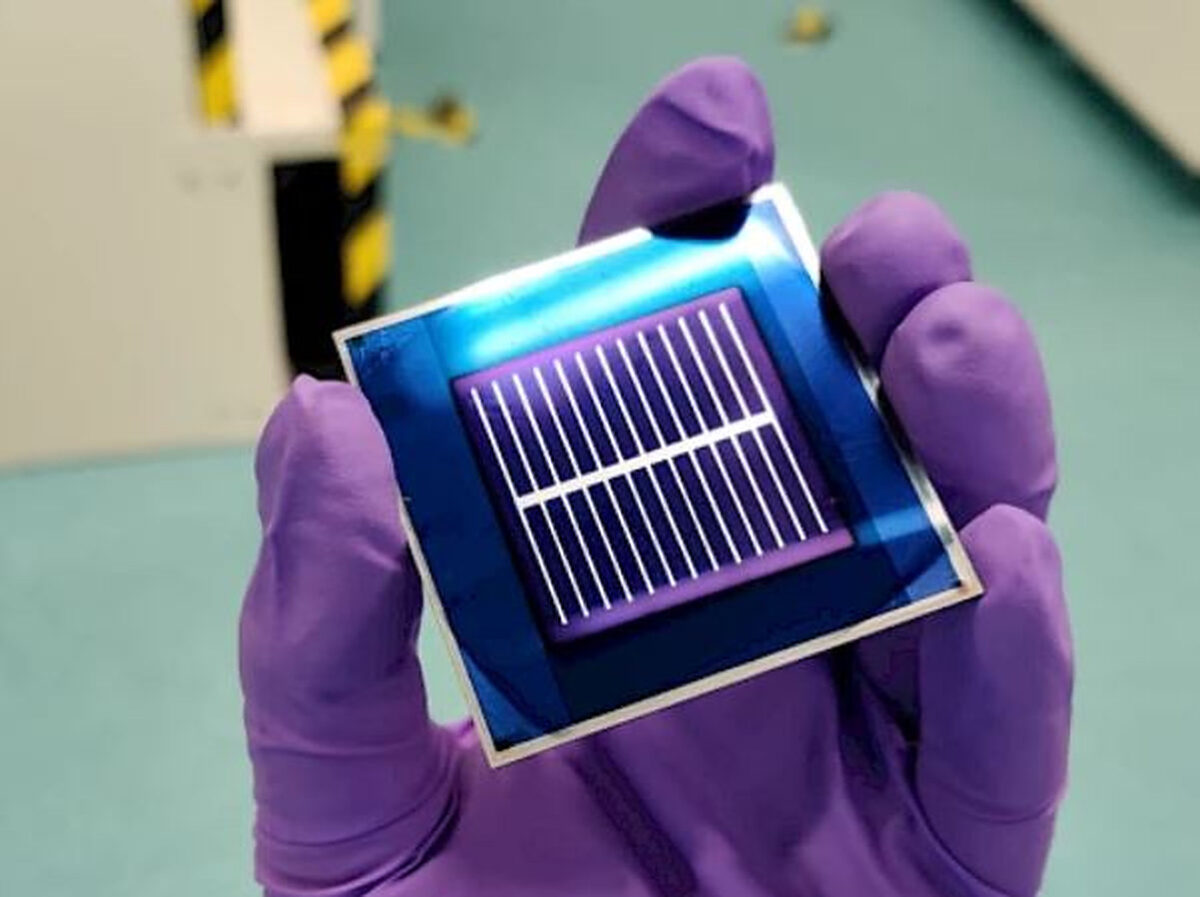Researchers at France's National Solar Energy Institute (INES) – a division of the French Alternative Energies and Atomic Energy Commission (CEA) – and Italian renewables specialist Enel Green Power claim to have achieved a power conversion efficiency of 26.5% for a two-terminal tandem perovskite-silicon solar cell. The scientists said the new result improves on the 25.8% efficiency they achieved for the same kind of cell in December 2022.
“The device with an active area of 9 cm² has an open-circuit voltage above 1,880 mV,” CEA-INES said, noting that the improvement on the device, which is based on a p-i-n configuration, was also due to “shading correction.” It did not reveal any additional technical details.
Enel Green Power is betting on an n-type heterojunction (HJT) cell with an efficiency of 25.5% for its new 3 GW solar module factory now under construction in Catania, southern Italy. It recently said this could result in module efficiencies above 24%. From 2026, Enel Green Power plans to offer even more efficient solar modules based on tandem silicon-perovskite cells. The final products will reportedly reach efficiencies of around 30%.
Popular content
CEA-INES and Enel Green Power have jointly developed DC/DC maximum power point trackers (MPPT). They said they are now also working on high-efficiency bifacial PV panels. In addition, they claim to have achieved a power conversion efficiency rating of 24.47% for a gallium-doped p-type heterojunction silicon solar cell in March 2022.
pv magazine print edition
The current issue of pv magazine focuses on the solar manufacturing technology enabling the new era of market expansion and high efficiency modules, including interdigitated back contact (IBC) and perovskite tandem solar cells. The magazine charts the latest technical and investment decisions in the high efficiency solar manufacturing segment and the materials and R&D underpinning them. Reports come in from France, Japan, India, Indonesia, Israel, England, the US, and China and we also examine the troubles of the solar-powered car pioneers.
In August 2020, they achieved an efficiency of 25.0% for a heterojunction solar cell with an active surface of 213 mm2, based on a M2 silicon wafer format. With this result, the two parties had improved upon their previous record of 24.63%. The method was based on heterojunction processes developed between Enel and INES, using manufacturing equipment provided by Switzerland's Meyer Burger.
This content is protected by copyright and may not be reused. If you want to cooperate with us and would like to reuse some of our content, please contact: editors@pv-magazine.com.



2 comments
By submitting this form you agree to pv magazine using your data for the purposes of publishing your comment.
Your personal data will only be disclosed or otherwise transmitted to third parties for the purposes of spam filtering or if this is necessary for technical maintenance of the website. Any other transfer to third parties will not take place unless this is justified on the basis of applicable data protection regulations or if pv magazine is legally obliged to do so.
You may revoke this consent at any time with effect for the future, in which case your personal data will be deleted immediately. Otherwise, your data will be deleted if pv magazine has processed your request or the purpose of data storage is fulfilled.
Further information on data privacy can be found in our Data Protection Policy.